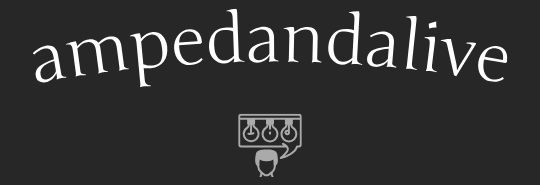Exploring Atul Dodiya’s Paintings: A Journey Through Art
A Modern Maestro: Atul Dodiya’s Artistic Journey
Atul Dodiya stands as a modern maestro in the world of contemporary Indian art. His paintings are not just a visual treat; they are a journey through time, space, and culture. Born in 1959 in Mumbai, Dodiya has carved a niche for himself with his unique blend of traditional Indian art forms and modern Western influences.
The Language of Hybridity: Dodiya’s Artistic Fusion
One of the most striking aspects of Atul Dodiya’s paintings is his ability to seamlessly blend multiple artistic influences. From Indian miniatures to European masters like Picasso and Magritte, Dodiya’s art speaks a language of hybridity. His canvases are a tapestry of cultural references, inviting viewers to decipher the layers of meaning within.
Homage and Critique: Dodiya’s Relationship with Art History
Dodiya’s paintings often pay homage to art history while also offering a critical perspective. His series titled “After Amrita Sher-Gil” and “The Terrorist” are poignant examples. Through these works, Dodiya explores themes of identity, politics, and social issues, using art as a tool for reflection and commentary.
The Iconic Shutter Series: A Play of Light and Shadow
One of Dodiya’s most iconic series is the “Shutter” series, where he recreates the storefront shutters of Mumbai. These paintings are not just about capturing the physicality of the shutters but also about the stories they hold. Each shutter becomes a canvas for Dodiya’s exploration of urban life, nostalgia, and memory.
Juxtapositions and Contrasts: Dodiya’s Visual Language
In Dodiya’s paintings, juxtapositions and contrasts abound. Traditional Indian motifs merge with modern imagery, sacred icons blend with pop culture references. This visual language creates a dynamic tension on the canvas, drawing viewers into a world of paradoxes and possibilities.
The Playfulness of Collage: Dodiya’s Mixed Media Mastery
Dodiya is also a master of mixed media, often incorporating collage elements into his paintings. Bits of newspaper, magazine clippings, and even photographs find their way onto his canvases. This playful use of materials adds layers of texture and meaning to his art, inviting viewers to engage with the artwork on multiple levels.
Nostalgia and Memory: Themes in Dodiya’s Art
Nostalgia and memory are recurring themes in Atul Dodiya’s paintings. Whether it’s the streets of Mumbai, the art of Indian miniatures, or the childhood memories of his own upbringing, Dodiya’s art is steeped in a sense of longing for the past. His paintings become windows into a world that is both familiar and distant.
The Ethereal Beauty of Miniatures: Dodiya’s Ode to Tradition
In his “Tehri Miniature” series, Dodiya pays homage to the ethereal beauty of Indian miniatures. These paintings are a delicate dance of colors and forms, inspired by the rich tradition of miniature painting in India. Dodiya’s modern interpretation breathes new life into this ancient art form, bridging the gap between past and present.
Social Commentary and Political Satire: Dodiya’s Critical Eye
Atul Dodiya is not afraid to tackle social and political issues in his art. His series “Broken Branches” and “Bombay, Meri Jaan” are powerful examples of his ability to use art as a form of social commentary and political satire. Through these works, Dodiya challenges the status quo and provokes viewers to question the world around them.
Legacy and Influence: Dodiya’s Contribution to Contemporary Art
In conclusion, Atul Dodiya’s paintings are more than just artworks; they are reflections of a multifaceted artist’s mind. His ability to blend tradition with modernity, pay homage while critiquing, and evoke nostalgia while provoking thought sets him apart in the world of contemporary Indian art. Dodiya’s paintings will undoubtedly continue to inspire and influence generations of artists to come, leaving an indelible mark on the canvas of contemporary art history. Read more about atul dodiya painting

